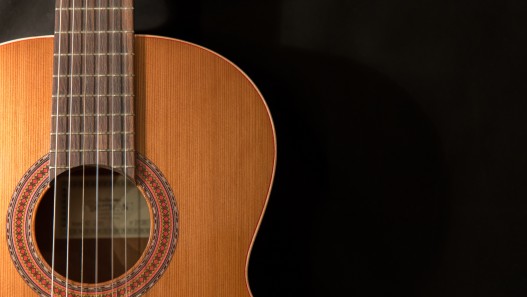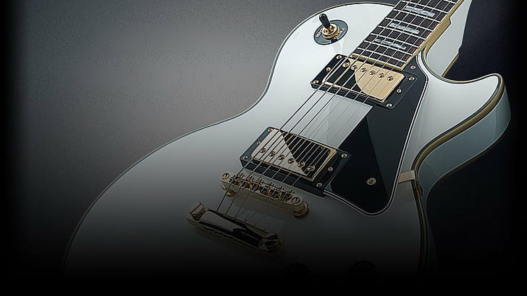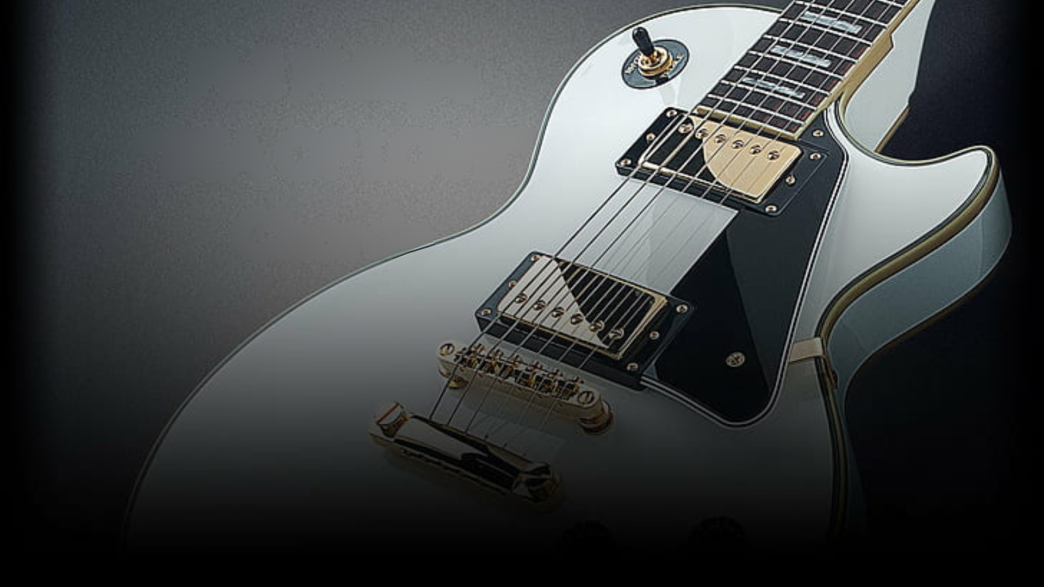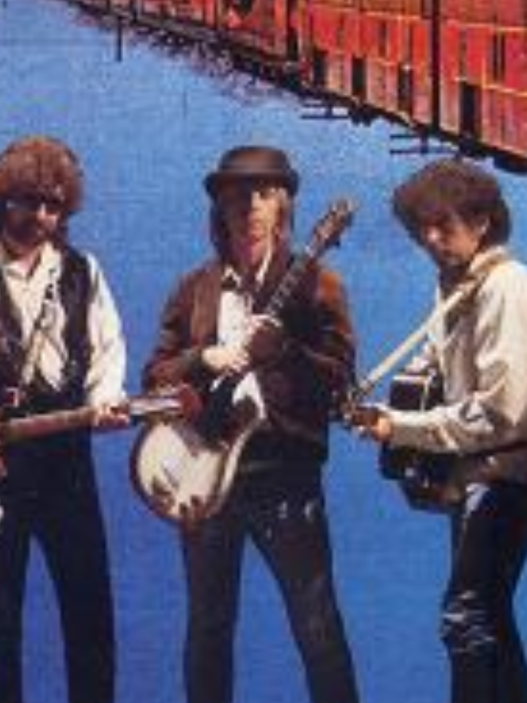“Three simple chords. Fifty years of romance. The song that’s sparked countless relationships.”
Behind Phil Phillips’ “Sea of Love” lies a musical magic that both beginners and pros can unleash with just a few strums.
This treasured classic isn’t just another oldies tune – it’s the soundtrack to first dances, marriage proposals, and quiet evenings with someone special.
What makes this song truly special? Its deceptive simplicity. Behind those smooth vocals lies a pattern of chords that even newcomers to guitar can master, yet the emotion it delivers feels anything but basic.
Guitar players searching for that perfect romantic song need look no further. These easy-to-learn chords paired with heartfelt lyrics create music that connects with listeners in ways few songs can.
Ready to add some real magic to your musical repertoire? Let’s dive in!
About the Song and Artist
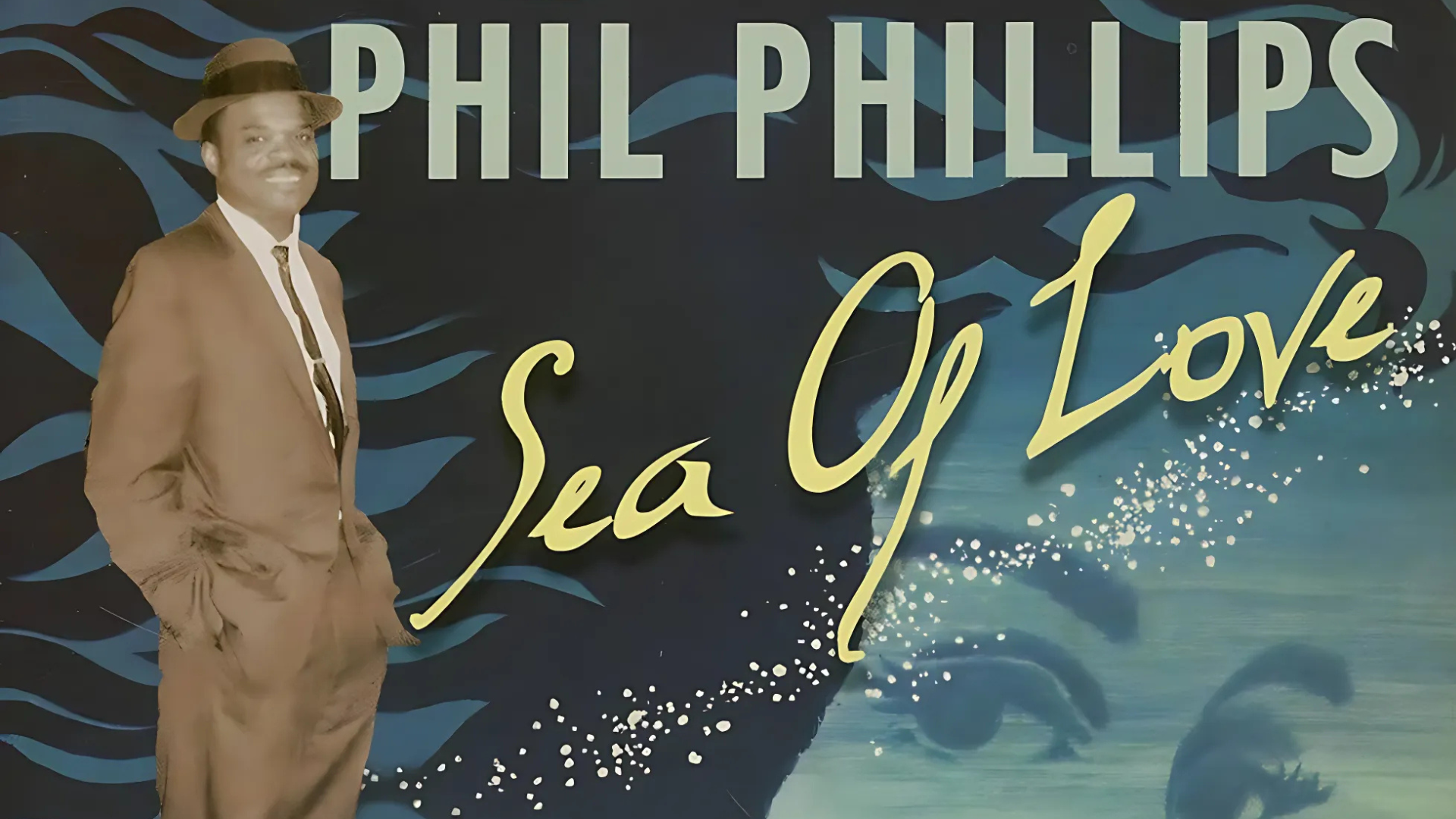
Phil Phillips released “Sea of Love” in 1959, and it quickly shot to #2 on the Billboard charts. The Louisiana-born singer created this doo-wop masterpiece almost by accident while writing a love poem for his girlfriend!
Although Phillips (born Philip Baptiste) never enjoyed another major hit, his soulful and authentic delivery made this single unforgettable. His Gulf Coast roots are evident in the song’s gentle, swaying rhythm, which mimics the sound of ocean waves.
Why has “Sea of Love” endured for decades? Its raw emotional truth. The song has been covered by dozens of artists from Del Shannon to Cat Power and featured in movies like “The Honeymooners.”
Yet Phillips’ original version remains the gold standard, proving that sometimes the purest expression of love comes from the simplest words and chords.
Guitar Chords Used
Good news for beginners! “Sea of Love” relies on just three basic chords:
C CHORD [X32010] – Place your ring finger on the 3rd fret (A string), middle finger on 2nd fret (D string)
G CHORD [320003] – Form a triangle with fingers on the 2nd and 3rd frets
F CHORD [133211] – The challenge chord! Try the easier version [XX3211] until you build strength
These three chords create the song’s dreamy, swaying feel without requiring complicated finger positions. The C-F-G progression follows the natural rise and fall of the lyrics, just like waves rolling onto shore.
|
CHORD PROGRESSION: C → F → G → C (Repeat throughout song) STRUMMING PATTERN: Down, Down-Up, Down, Down-Up (♩ ♪♪ ♩ ♪♪) |
Sea of Love – Phil Phillips Lyrics with Chords
Difficulty: Beginner to Intermediate
Tuning: Standard (EADGBE)
Key: G Major
Tempo: Moderate (♩ = 80-90 BPM)
Capo: None (play in original key)
Recording note: For authentic sound, use gentle fingerpicking or light strumming
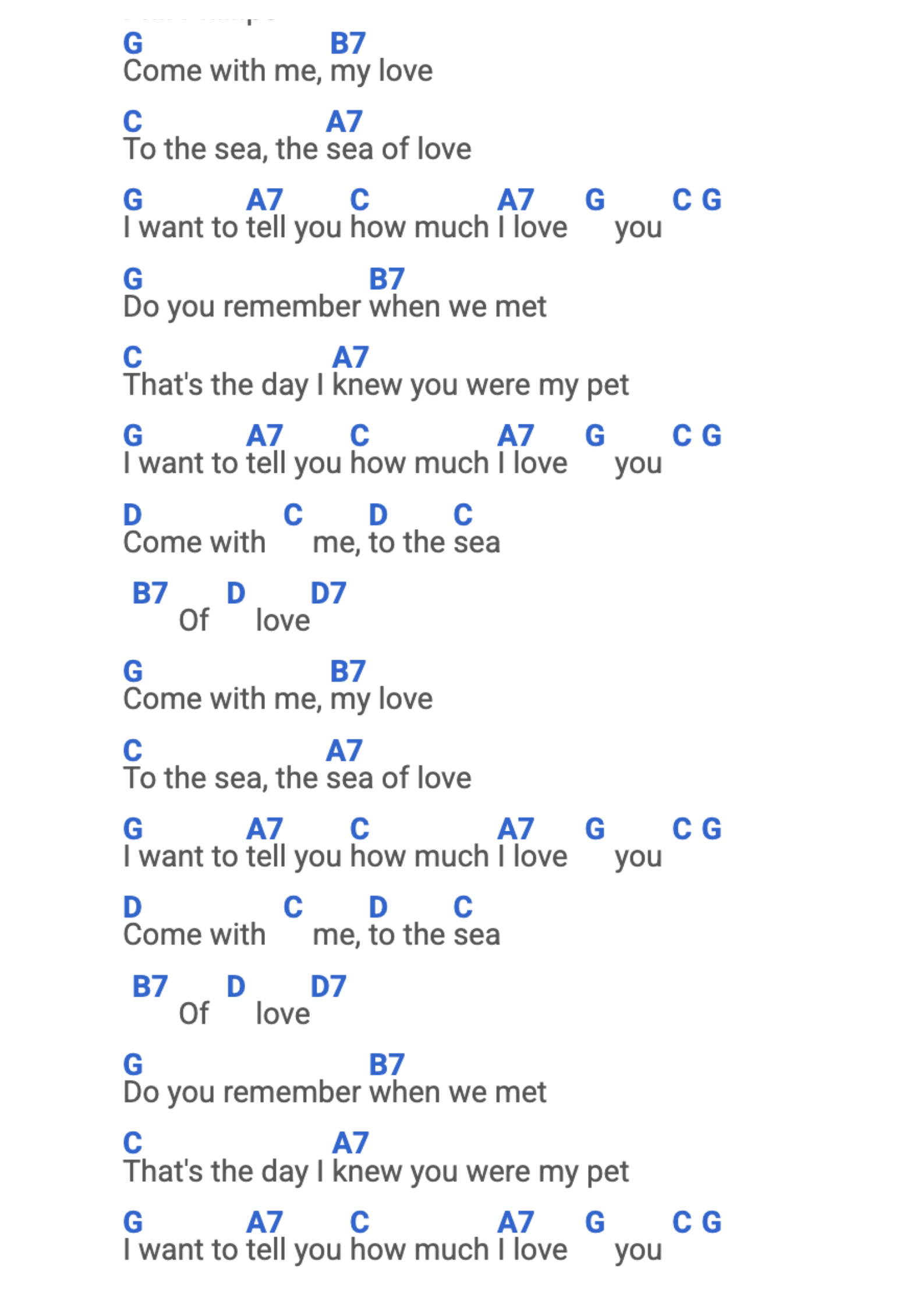
Note: This chord chart shows approximate placement with common guitar chords. For complete and accurate lyrics, please refer to official sources.
Simple Guitar Tutorial
Here are some helpful pointers to make learning this song easier:
- Change chords at the start of each line for verses
- The trickiest part is the quick G→A7→C→A7→G sequence at end of verses
- For easier playing, substitute F for A7 and E minor for B7
- Try humming melody first before singing to master chord timing
- Keep strumming smooth and gentle to maintain the song’s dreamy feel
Watch this video tutorial for additional help:
From Beginner to Sea of Love Song Hero!
“Sea of Love” isn’t just a song. It’s musical history in your hands.
This Phil Phillips classic has stood the test of time for good reason. Its simple chord structure hides a depth of emotion that listeners instantly connect with. Even beginners can create magic with these few chords.
Remember, practice makes perfect. Start slow. Master each chord change. Then speed up gradually. The swaying rhythm will soon become second nature.
Try playing it for someone special. Few songs capture romance quite like this one. Your audience will appreciate both the nostalgia and your effort to learn it.
Need more help? Check out our other music theory blogs for tips on understanding beats, creating and analysing songs, and learn guitar scales.
Ready for your next musical adventure? Drop a comment below with the song you’d like to learn next! Keep strumming!






